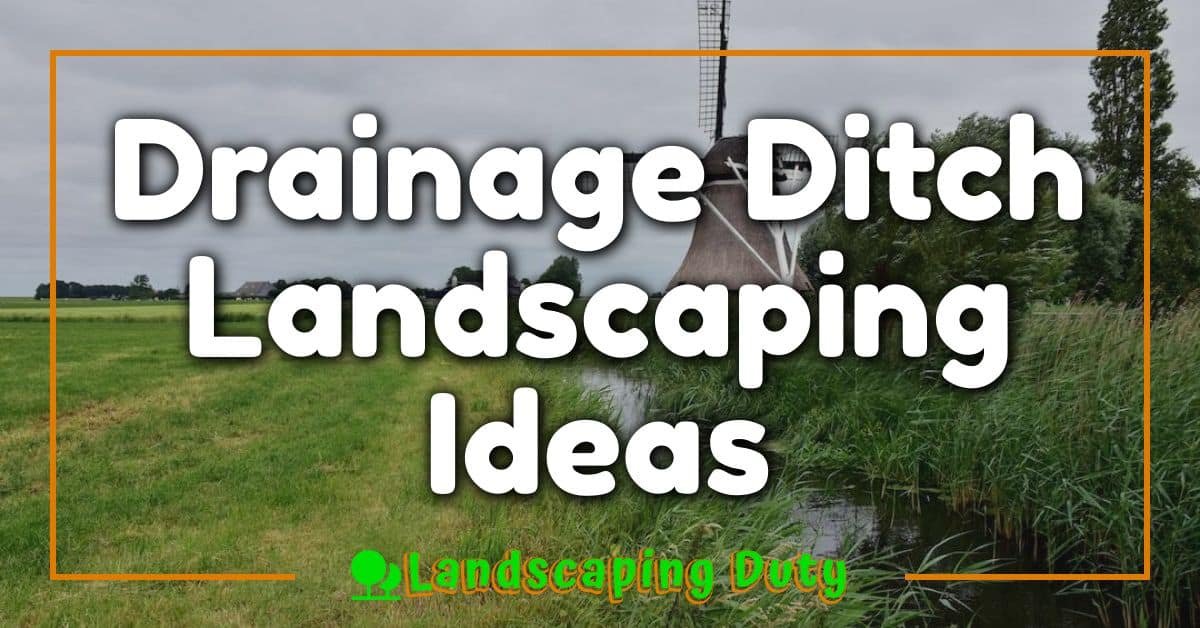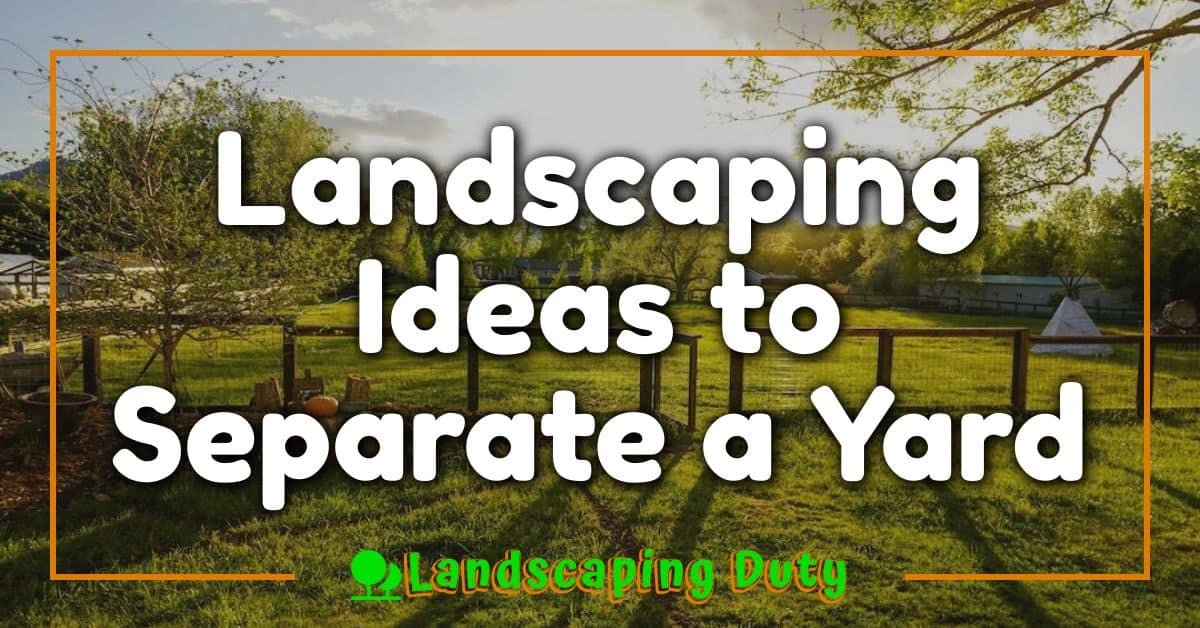When I step into a beautifully designed landscape, my eyes are naturally drawn to one standout feature—a focal point. It’s that captivating element that anchors the entire space and gives it personality. Without it, a yard can feel scattered or lack a sense of purpose.

Creating a focal point isn’t just about aesthetics; it’s about guiding the viewer’s experience. Whether it’s a vibrant flower bed, a striking sculpture, or a serene water feature, the right focal point can transform your outdoor space into a cohesive, inviting retreat. It’s easier than you think to make your landscape unforgettable.
Understanding The Importance Of A Focal Point
A focal point gives a landscape structure and draws attention to a specific area. It creates visual interest by telling the eye where to rest within the design. Without one, the space can feel scattered or overwhelming.
Adding a focal point connects various design elements, making the space more cohesive. For instance, a statue placed at the end of a pathway creates direction and purpose. It transforms the way a viewer interacts with and navigates the area.
Designing with a focal point adds depth and balance. Complex landscapes benefit from a central feature, like a fountain, to bring harmony to diverse elements. It ensures the entire design feels intentional, not random or disjointed.
A focal point enhances functionality by defining zones. A pergola over a patio, for example, can serve as both an aesthetic focus and a gathering area for guests. It integrates style with usability, improving the overall appeal of the landscape.
Principles Of Creating A Focal Point
Creating a focal point in a landscape involves applying design principles that enhance visual appeal and cohesion. I focus on three key elements: balance and proportion, contrast and color, and texture and material.
Balance And Proportion
Balance ensures the focal point integrates seamlessly with the surroundings. I consider the size and scale of the focal element in relation to other features. For example, a large fountain complements expansive lawns, while a small, intricate sculpture suits compact gardens. Proportion maintains harmony, preventing the focal point from overpowering or being overshadowed by adjacent elements.
Contrast And Color
Contrast and color draw attention to the focal point. I incorporate bold hues or distinct shapes to make it stand out. For instance, placing a bright red planter in a landscape dominated by greenery creates visual excitement. I also utilize complementary colors to enhance cohesion, such as pairing lavender blossoms with yellow accents.
Texture And Material
Texture and material add depth and interest to the focal point. I combine rough and smooth surfaces, like a polished stone bench against a backdrop of coarse hedges, to emphasize textural variety. Selecting materials, such as wood or metal, that harmonize with the landscape’s theme ensures consistency while enhancing the feature’s overall appeal.
Popular Ideas For Landscape Focal Points
Incorporating a striking focal point elevates the visual appeal of any outdoor space. Below are some popular ideas that seamlessly merge functionality and beauty.
Water Features
Water features create movement and soothing sounds, enhancing any landscape. I include options like fountains, ponds, or cascading waterfalls. A tiered fountain works well in formal gardens, while a natural pond complements relaxed, wooded areas. Well-placed lighting can highlight these features at night, adding ambiance.
Garden Sculptures
Garden sculptures introduce artistic elements that engage the eye. I select pieces like abstract statues, classical busts, or whimsical metalwork to reflect the landscape’s style. For example, a modern sculpture suits minimalist designs, while a rustic piece fits cottage gardens. Position sculptures where they naturally catch attention, such as at the intersection of pathways or in open spaces.
Unique Plants And Trees
Exotic or distinctive plants add character and vibrancy. I opt for specimens like Japanese maples, topiary shrubs, or flowering dogwoods, ensuring they contrast with the existing greenery. Unusual textures or bright foliage help these selections stand out. I recommend clustering complementary plants around them to produce depth and unity in the design.
Steps To Design An Effective Focal Point
Designing a focal point requires thoughtful planning and strategic integration of elements to create a cohesive and visually striking landscape. Each decision plays a role in enhancing the space’s overall appeal.
Identify The Central Location
I focus on selecting a location that naturally draws the eye, such as the center of a garden or the end of a pathway. High-traffic areas or views visible from multiple spots are ideal for maximizing impact. The location should connect with the landscape’s layout to ensure seamless integration.
Incorporate Surrounding Elements
I choose complementary elements around the focal point to create unity. Plants, hardscaping, and borders add layers and depth when harmonized with the main feature. For instance, arranging flower beds or shrubs around a sculpture maintains cohesion while enhancing visual interest.
Highlight With Lighting
I use lighting to emphasize the focal point, especially during the evening. Spotlights, uplights, or string lights frame the area, creating contrast and adding drama. Warm lighting draws attention without overpowering the natural surroundings, ensuring the focal point remains the star attraction.
Common Mistakes To Avoid
- Overcrowding the focal area
Including too many elements around the focal point distracts from its impact. For example, placing multiple statues or dense plant clusters near a water feature diminishes its prominence. Simplify the surrounding design to highlight the primary feature effectively.
« Landscape Design for Allergy Sufferers: Create an Allergy-Friendly Outdoor Oasis Designing a Landscape with Curves and Flow: Create Harmony and Natural Beauty Outdoors »
- Ignoring scale and proportion
Choosing a focal point that’s too large or small for the landscape disrupts visual harmony. For instance, a massive fountain can overwhelm a small garden, while a tiny sculpture may seem out of place in a spacious yard. Match the size of the focal point to the area’s dimensions.
- Neglecting cohesion with surroundings
A focal point that doesn’t relate to the landscape’s style feels disconnected. A modern metal artwork clashes with a classic cottage garden, while a rustic stone bench might appear out of place in a minimalist layout. Ensure the focal point aligns with the overall design theme.
- Overusing contrasting colors
Excessive use of bold or clashing colors around the focal point reduces its visual appeal. For example, pairing a brightly colored statue with multi-color flower beds creates visual chaos. Use contrast strategically to enhance, not detract, from the focal feature.
- Ignoring maintenance requirements
A focal point that’s difficult to maintain diminishes long-term appeal. For instance, intricate water features or high-maintenance plants may lose their charm if neglected. Consider the upkeep demands of any feature you include and select options you can manage consistently.
- Improper lighting placement
Poor lighting reduces the effectiveness of the focal point at night. Examples include lights that are too dim to highlight a statue or incorrectly angled spotlights that create harsh shadows. Position lighting carefully to enhance the feature’s visibility without overwhelming the space.
Conclusion
Creating a focal point in your landscape is a powerful way to elevate its design and functionality. It brings clarity, harmony, and personality to your outdoor space while offering endless opportunities for creativity. When thoughtfully planned and executed, a focal point doesn’t just enhance the visual appeal—it transforms your landscape into a memorable and inviting sanctuary.
By focusing on balance, contrast, and cohesion, you can design a space that feels intentional and inspiring. Whether you’re drawn to bold sculptures, serene water features, or vibrant plants, the right focal point will leave a lasting impression and make your landscape truly stand out.
















